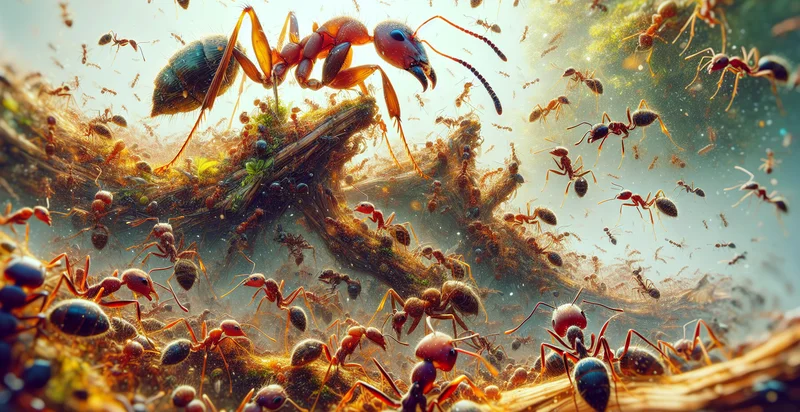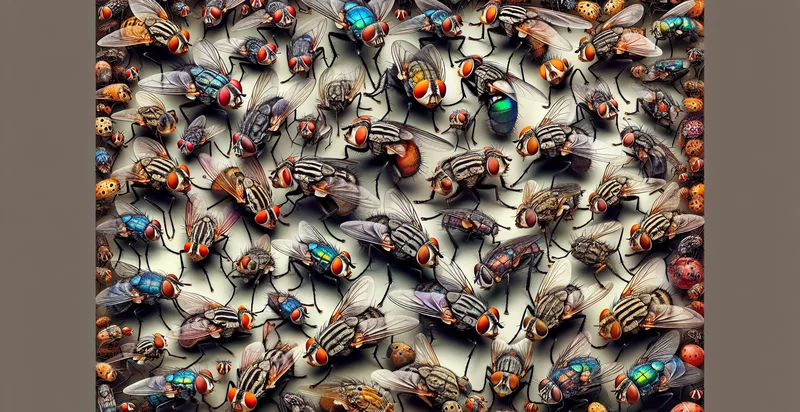Identify ant species
using AI
Below is a free classifier to identify ant species. Just upload your image, and our AI will predict which species of ant it is - in just seconds.

Contact us for API access
Or, use Nyckel to build highly-accurate custom classifiers in just minutes. No PhD required.
Get started
import nyckel
credentials = nyckel.Credentials("YOUR_CLIENT_ID", "YOUR_CLIENT_SECRET")
nyckel.invoke("ant-species-identifier", "your_image_url", credentials)
fetch('https://www.nyckel.com/v1/functions/ant-species-identifier/invoke', {
method: 'POST',
headers: {
'Authorization': 'Bearer ' + 'YOUR_BEARER_TOKEN',
'Content-Type': 'application/json',
},
body: JSON.stringify(
{"data": "your_image_url"}
)
})
.then(response => response.json())
.then(data => console.log(data));
curl -X POST \
-H "Content-Type: application/json" \
-H "Authorization: Bearer YOUR_BEARER_TOKEN" \
-d '{"data": "your_image_url"}' \
https://www.nyckel.com/v1/functions/ant-species-identifier/invoke
How this classifier works
To start, upload your image. Our AI tool will then predict which species of ant it is.
This pretrained image model uses a Nyckel-created dataset and has 22 labels, including Bullet Ant and Carpenter Ant.
We'll also show a confidence score (the higher the number, the more confident the AI model is around which species of ant it is).
Whether you're just curious or building ant species detection into your application, we hope our classifier proves helpful.
Related Classifiers
Need to identify ant species at scale?
Get API or Zapier access to this classifier for free. It's perfect for:
- Pest Control Management: Pest control companies can use the 'ant species' identifier to accurately identify the species of ant during pest investigations, helping to optimise treatment plans based on the detected species.
- Environmental Research: Environmental scientists can utilise this function to track and study the diversity and distribution of ant species in different ecosystems, contributing to biological research and conservation efforts.
- Agriculture & Farming: Farmers and agricultural businesses can use the tool to detect harmful ant species, enabling early intervention and pest management strategies to minimise crop or livestock damage.
- Biodiversity Monitoring: Environmental agencies can employ the identifier to record and monitor ant species in protected areas, providing valuable data on habitat health and informing conservation initiatives.
- Educational Purpose: Schools, colleges, and other educational institutions can use the identifier in biology classes or field trips to educate students about different ant species, supporting interactive learning and student engagement.
- Museum Exhibits: Museums can employ the ant identifier to provide accurate information about various ant species displayed in their exhibits, enhancing visitor experience and overall knowledge dissemination.
- Ecotourism: Ecotourism companies can incorporate the identifier in their tours to provide tourists with a unique and educational experience about the local fauna. They can learn about the variety of ant species and their importance in the ecosystem, enhancing visitor satisfaction and engagement.


